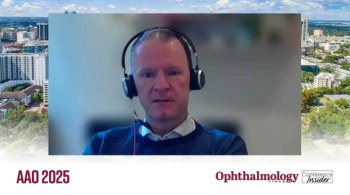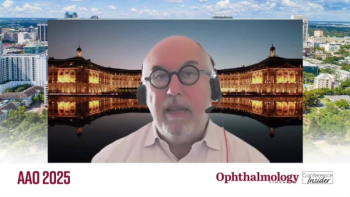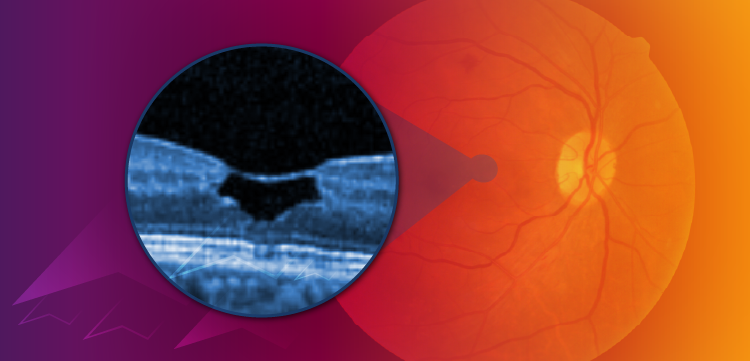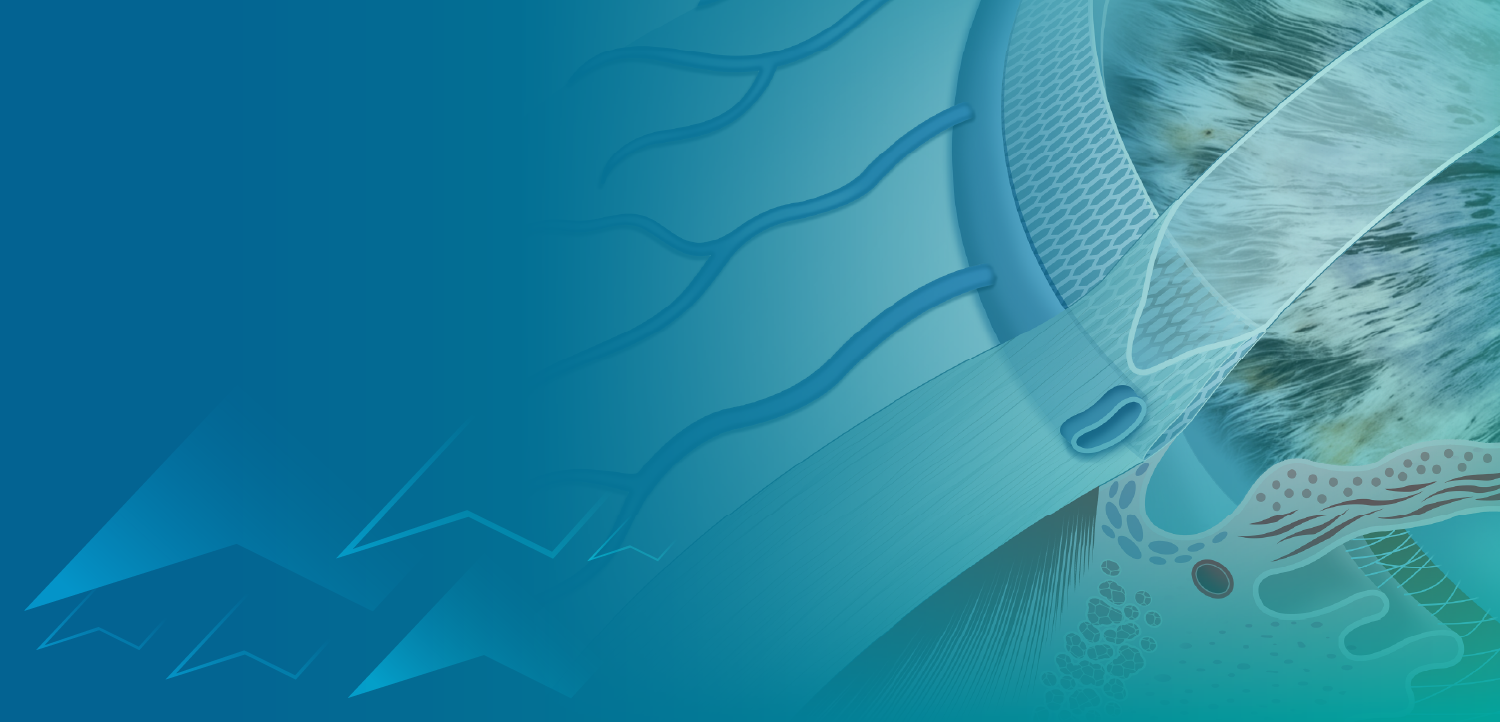
Editor’s blog: Some pearls to garner from AREDS2
The results of the long-awaited Age-Related Eye Disease Study 2 (AREDS2) were officially released Sunday afternoon during a special session at the Association for Research in Vision and Ophthalmology meeting in Seattle-and the study results really did not come as a surprise to most in the eye-care community.
As part of Ophthalmology Times’ coverage of the Association for Research in Vision and Ophthalmology meeting, Editor-in-Chief Mark L. Dlugoss will post blogs with his observations of the meeting.
For live coverage of ARVO, follow
By Mark L. Dlugoss
Seattle-The results of the long-awaited Age-Related Eye Disease Study 2 (AREDS2) were officially released Sunday afternoon during a special session at the Association for Research in Vision and Ophthalmology meeting in Seattle-and the study results really did not come as a surprise to most in the eye-care community.
That was because the National Eye Institute (NEI) issued a press release several days before, announcing that the data would be published
Well, that took away most of the suspense associated with the “long-awaited” study before the results were outlined by Emily Chew, MD, at the podium. Dr. Chew is deputy director of the Division of Epidemiology and Clinical Applications and the deputy clinical director at the NEI, National Institutes of Health.
The study found that while omega-3 fatty acids had no effect on the formulation, lutein and zeaxanthin together appeared to be a safe and effective alternative to beta-carotene. However, adding omega-3 fatty acids did not improve a combination of nutritional supplements commonly recommended for treating age-related macular degeneration (AMD). The plant-derived antioxidants lutein and zeaxanthin also had no overall effect on AMD when added to the combination; however, they were safer than the related antioxidant beta-carotene.
While these results may have fell short of what many expected, there were some pearls to garner from the data. When you think about it, the results were not that bad.
Upfront, the NEI should be praised for conducting a very thorough and complex study that involved more than 4,200 participants over a long period. There is a lot of subset data that will be derived from this study that may prove beneficial down the line. I am sure that we will hear more about those results in future meetings.
If anything could be concluded from AREDS2, it is the fact that the second study substantiated the results of the original AREDS, reported in 2001, that a nutritional supplementation (the AREDS formulation) can reduce the risk of developing advanced AMD. If you recall, the original AREDS formulation contains vitamin C, vitamin E, beta-carotene, zinc, and copper.
In the first AREDS trial, participants with AMD who took the AREDS formulation were 25% less likely to progress to advanced AMD over the 5-year study period, compared with participants who took a placebo. However, when one looks at just the participants in this study who took an AREDS formulation with lutein and zeaxanthin but no beta-carotene, their risk of developing advanced AMD over the 5 years of the study was reduced by about 18%, compared with participants who took an AREDS formulation with beta-carotene but no lutein or zeaxanthin. That 18% still is a solid number of individuals who may not go blind.
There also was a concern over beta-carotene in the original AREDS formulation, as several studies have linked high doses of beta-carotene with a higher risk of lung cancer in smokers. Although smokers were not given a formulation with beta-carotene in AREDS2, the study did find an association between beta-carotene and the risk of lung cancer among former smokers.
By removing beta-carotene from the AREDS formulation, the study also found it did not disrupt the formulation’s protective effect against developing advanced AMD. This is an important finding because the study was able to identify a sound formulation regardless of one’s smoking status.
AREDS2 ultimately suggested a formulation that could continue to be effective to slowing the progression to advanced AMD. The new formula:
Vitamin C (550 mg)
Vitamin E (440 IU)
Lutein (10mg)/Zeaxanthin (2)
Zinc (80 mg zinc oxide)
Copper (2 mg cupric oxide)
And you drop the 15 mg of Beta-Carotene and the Omega-3 fatty acids.
It seems simple enough.
For more articles in this issue of Ophthalmology Times Conference Brief,
Newsletter
Don’t miss out—get Ophthalmology Times updates on the latest clinical advancements and expert interviews, straight to your inbox.






















































.png)


